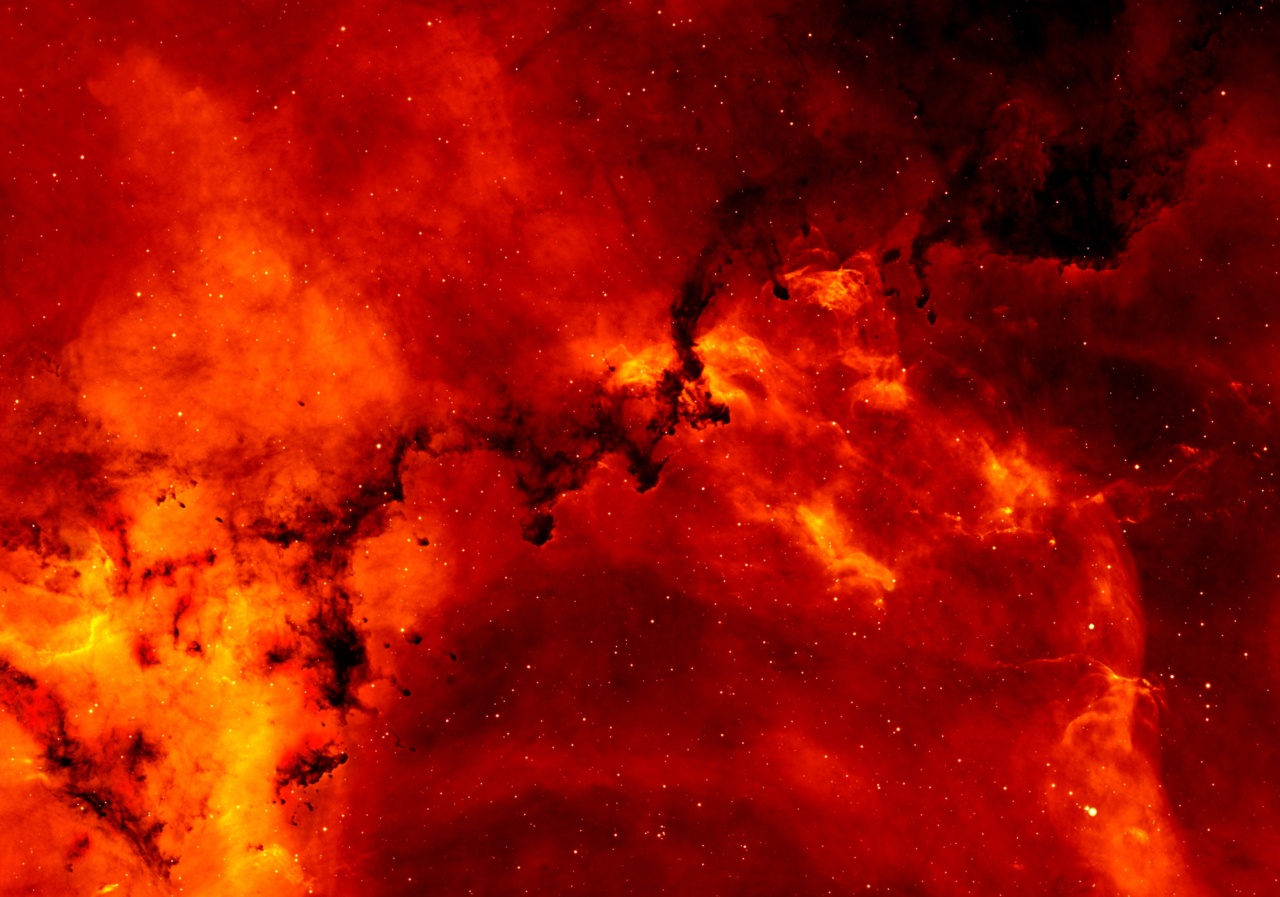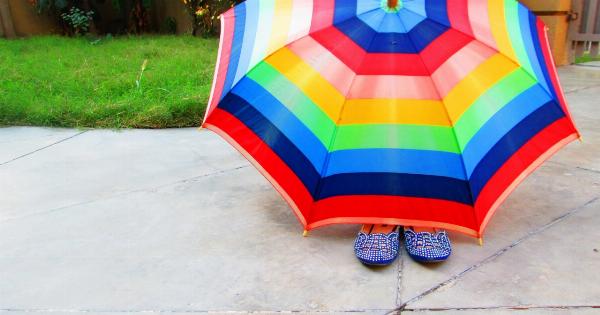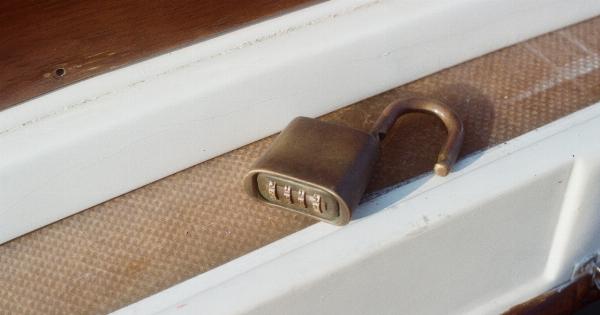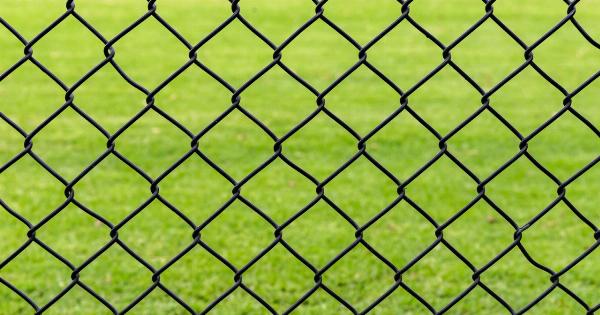Solar burnout is a common issue faced by many individuals, especially in regions with high temperatures. The intense heat from the sun can cause discomfort, and in some cases, even health problems.
To combat this, it is crucial to implement effective heat management techniques. In this article, we will explore various strategies for adapting to solar burnout.
1. Shade Structures
One of the simplest and most effective techniques to manage solar burnout is the use of shade structures. These can range from basic umbrellas to more advanced options such as pergolas or shade sails.
Shade structures provide a barrier between the sun’s rays and individuals, significantly reducing the direct exposure to heat. They can be strategically placed in outdoor spaces such as patios, gardens, or even parking lots.
2. Reflective Roofing Materials
Another approach to heat management is the use of reflective roofing materials. Traditional dark-colored roofs tend to absorb a significant amount of solar energy, leading to increased indoor temperatures.
By opting for reflective materials, such as light-colored tiles or coatings, the amount of solar radiation absorbed is reduced. This helps in maintaining cooler indoor spaces and reducing the overall reliance on air conditioning.
3. Heat-Reflective Window Films
Windows are often a major source of heat gain in buildings. Heat-reflective window films can be applied to existing windows to limit the amount of heat that enters the interior.
These films are designed to reflect a significant portion of solar radiation, preventing it from transmitting through the glass. This not only reduces the heat buildup but also helps in conserving energy by decreasing the need for air conditioning.
4. Natural Ventilation
Natural ventilation is a cost-effective way to manage solar burnout. It involves the strategic placement of windows, vents, and openings to allow airflow and promote cooling.
By harnessing natural breezes and creating proper air circulation, indoor spaces can remain comfortable even in hot weather. This technique is particularly effective in well-designed buildings that maximize cross-ventilation and take advantage of prevailing wind patterns.
5. Green Roofs and Walls
Green roofs and walls have gained popularity as an environmentally friendly solution for heat management. These systems involve the installation of vegetation on rooftops or vertical surfaces.
The plants and soil act as natural thermal insulators, reducing heat transfer from the sun to the building. Green roofs and walls also provide additional benefits such as improved air quality, rainwater absorption, and urban biodiversity.
6. Cool Pavements
Pavements contribute to the heat island effect, where urban areas retain heat due to the absorption of solar radiation by hard surfaces.
Cool pavements, also known as reflective pavements, utilize materials that reflect more sunlight and absorb less heat. This helps in reducing ambient temperatures and mitigating solar burnout. Cool pavements can be implemented in parking lots, sidewalks, or any other areas exposed to direct sunlight.
7. Passive Cooling Techniques
Passive cooling techniques rely on architectural design principles to naturally keep indoor spaces cool. This can include features such as building orientation, proper insulation, and the use of thermal mass.
By optimizing the design and materials used in construction, passive cooling techniques minimize the need for active cooling systems, thereby reducing energy consumption.
8. Evaporative Cooling
Evaporative cooling is an energy-efficient alternative to traditional air conditioning systems. This technique utilizes the evaporation of water to cool air, creating a comfortable indoor environment.
Evaporative coolers, also known as swamp coolers, are particularly effective in arid regions with relatively low humidity. They can be used both indoors and outdoors and consume less energy compared to conventional cooling methods.
9. Protective Clothing
Protective clothing plays a vital role in managing solar burnout, especially for individuals who work or spend significant time outdoors.
Choosing lightweight, loose-fitting garments made from breathable fabrics can prevent excessive heat absorption and promote proper air circulation. Additionally, wearing hats, sunglasses, and sunscreen can provide extra protection against harmful ultraviolet (UV) rays.
10. Stay Hydrated
Maintaining proper hydration is essential when adapting to solar burnout. Drinking an adequate amount of water throughout the day helps regulate body temperature and prevents dehydration.
It is crucial to carry a water bottle, especially during outdoor activities or when exposed to high temperatures. Additionally, avoiding excessive consumption of caffeinated or alcoholic beverages is recommended, as they can contribute to dehydration.
Conclusion
As solar burnout becomes a growing concern, implementing effective heat management techniques becomes imperative.
By utilizing shade structures, reflective roofing materials, heat-reflective window films, natural ventilation, green roofs and walls, cool pavements, passive cooling techniques, evaporative cooling, protective clothing, and staying hydrated, individuals can adapt and thrive even in the face of intense heat. Combining these strategies can create more comfortable and sustainable living and working environments.


























